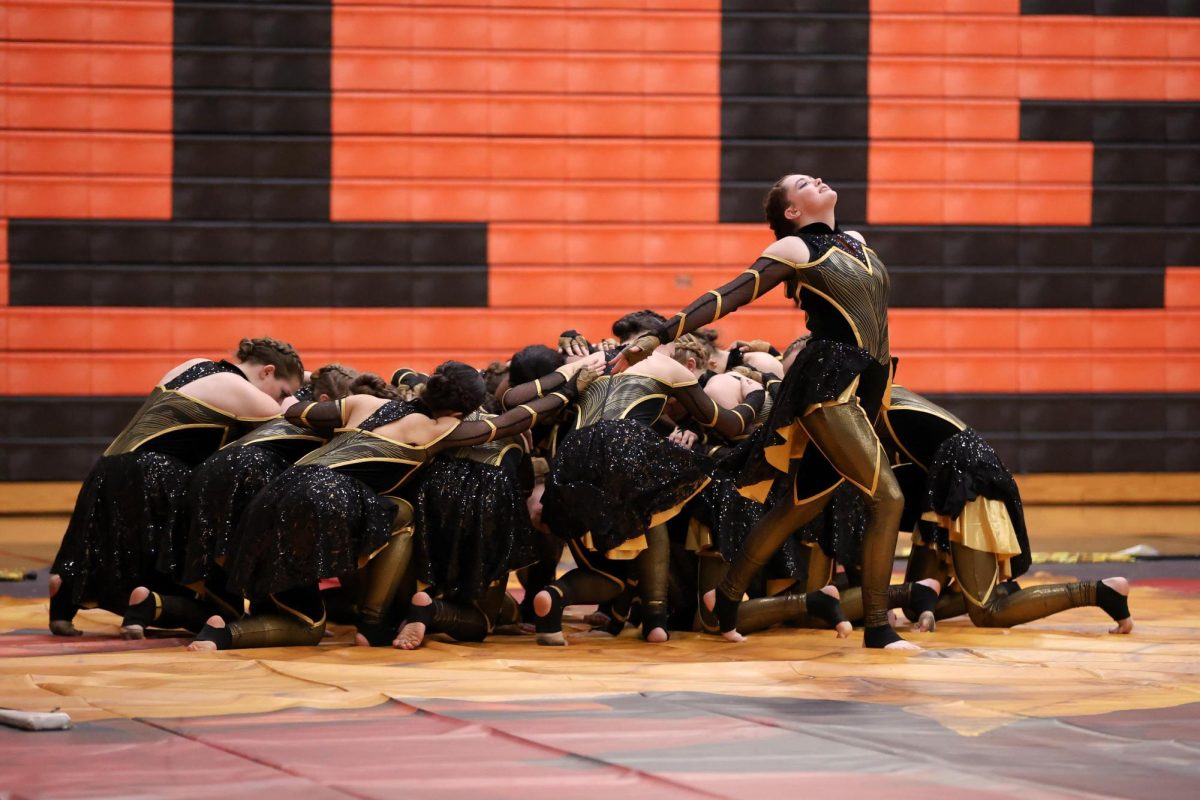Disastrous Disease Infects EHS Seniors
January 12, 2017
As high schoolers enter the most intense months of winter after holiday break, many students find themselves among a chorus of sneezes and sniffles as they walk down the hallway.
These minor colds and illnesses make school less enjoyable, but another disease is ravaging the classrooms that make school entirely unbearable—senioritis.
Although underclassmen may be exposed to this detrimental disease, the parasite doesn’t sink in until senior year.
Business teacher Adam Koester reports nearly 50 percent of his students endure the sickness each year.
“There are varying degrees of senioritis,” Koester said. “But toward the end of the year most senior students will begin to experience symptoms.”
Senioritis sufferer Spencer Patterson said he began showing minor symptoms during the second semester of his junior year.
Now at the start of the second semester of his senior year, Patterson said it has become extremely difficult to pay attention to lectures during class and he is often too weak by the end of the day to even carry his backpack from his car into his house.
“I tell myself that I need to do homework, but when I get home the couch is calling my name,” he said. “I know that nothing is going to get done.”
According to Urban Dictionary, a website compiled by many students with this ailment, the only cure for senioritis is “a phenomenon known as graduation.”
Although no cases of this disease will be fully cured until May 27, there are treatments that may curb its effects.
By removing all furniture that could be used to take a nap from senioritis sufferers’ homes, they become much less likely to fall victim to the frequent naps that Patterson said have wedged their way into his after-school schedule.
And while you’re at it, you might as well just avoid sleep at all costs. Many senioritis sufferers report difficulty waking up in the morning to get to school; but by never sleeping in the first place, students no longer have to endure the agony of waking up with senioritis.
“I never want to get to school on time,” senior Jasmyn Kloster said. “It is even worse now because I have first hour study hall so I don’t think I should even have to come to school for that.”
When senioritis sufferers decide to brave the dreary white hallways of EHS, it is advisable to spend every possible moment of class glued to their phones in order to tune out anything the teacher assigns.
Procrastination is the most common symptom of senioritis reported by Mr. Koester, but one cannot procrastinate on an assignment that he or she did not know was assigned.
Unfortunately, the most effective treatment is the least commonly used— actually doing the work assigned in class on time. This tactic is used sparingly by students who realize that, as Mr. Koester said, “the light at the end of the tunnel of high school is actually just another door waiting to be opened and ran through at full speed.”
But for someone with senioritis, just the thought of such a daunting task is enough to require an hour long nap to recover.
“The best way to avoid this vicious disease would probably be to push yourself harder and know you only have a little longer in high school so you might as well try your best,” Patterson said. “But if that doesn’t work, just accept it and take the L.”











